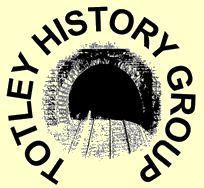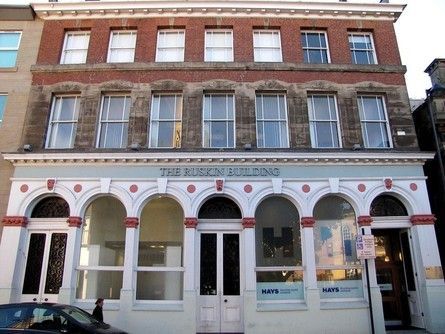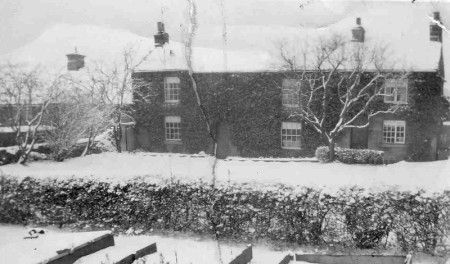Just over 100 years ago, Totley, through the thoughts and works of John Ruskin and the Guild of St. George was the centre of an experiment in communal living and early innovative attempts at Communism, that became the focus of attention throughout Victorian Britain. Comments and visits were also attracted from notable radicals, thinkers and personalities.
Today, it is difficult to imagine that anyone, (in this case, John Ruskin), would support a project, in Totley, to create, "A Garden of Eden", founded on utopian ideals. But in the late 1800s the world was a different place and for a decade the experiment continued.
The Totley Colony was only a part of Ruskin's influence and activities on behalf of the working classes of Sheffield. Solet us examine the man, his thoughts and writings, his museum and collection and of importance to us locally, St. George's Farm, - The Totley Colony - "The Garden of Eden".
Who was John Ruskin? What sort of man was this Victorian who like Sheffield so much that he assembled a Museum and Art Collection specially for the benefit of local people. John Ruskin was, to say the least, a complex and highly talented man. He was artist, traveller and writer, and perhaps the most powerful critic that Britain has known. As well as being a great theorist, he was greatly outspoken in his opinions of Victorian painting, architecture and society. A man of means, he still felt a great affection towards the working classes. He appreciated skills and craftsmanship, particularly in Sheffield (which he called, 'Steelolop s'), and looked upon the city as the 'Florence of the North'.



